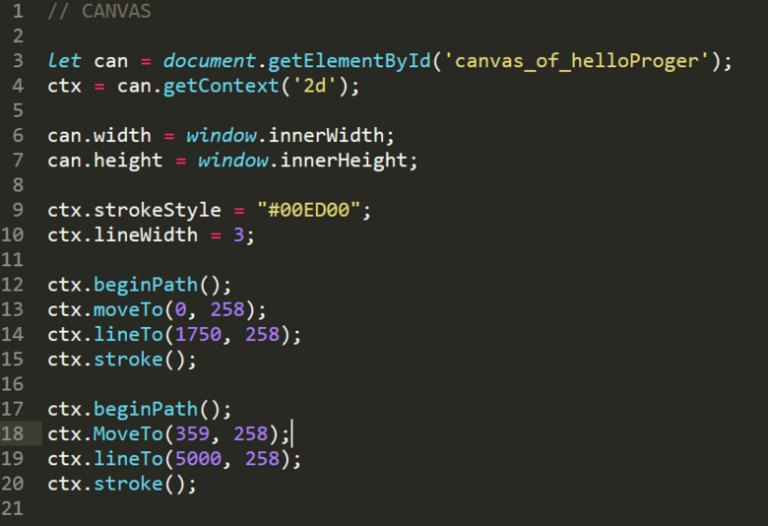Retail chatbot: how a smart robot optimized customer service
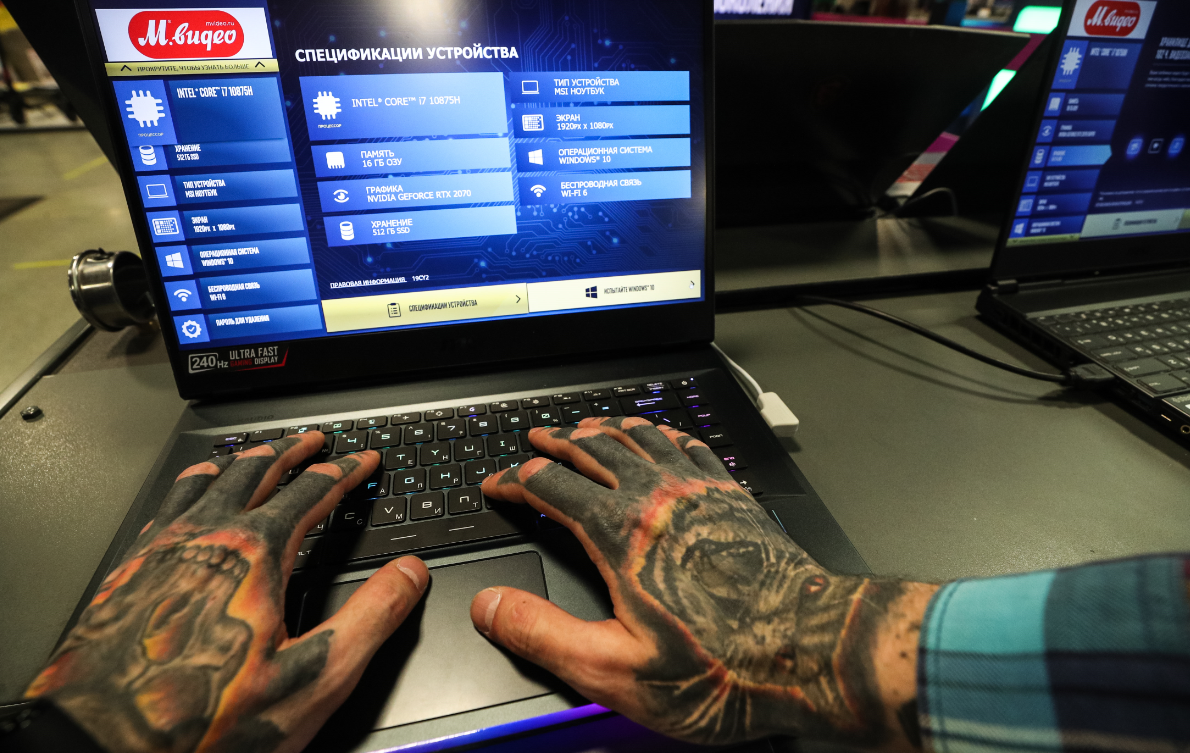
Tell me, are there any stores where sellers are not distracted by their smartphones? At least secretly? Our guys do not just “stick” to a smartphone, but use it as a full-fledged tool for work. This story began in M.Video with the launch of a chatbot to improve the quality and speed of customer service. The idea is to save shoppers the hassle of queuing up for an online order. We have created a system in which “whoever gets free first takes over the issue of the order”. Integrating the bot into business processes helped us beat queues, increase efficiency … and improve communication within the company. How we did it and why in the end we decided to attach a neural network to the chatbot, read under the cut.
We installed terminals in sales areas and offered customers to receive coupons for an electronic queue – like in a bank. Now the electronic coupon can be obtained in the application.
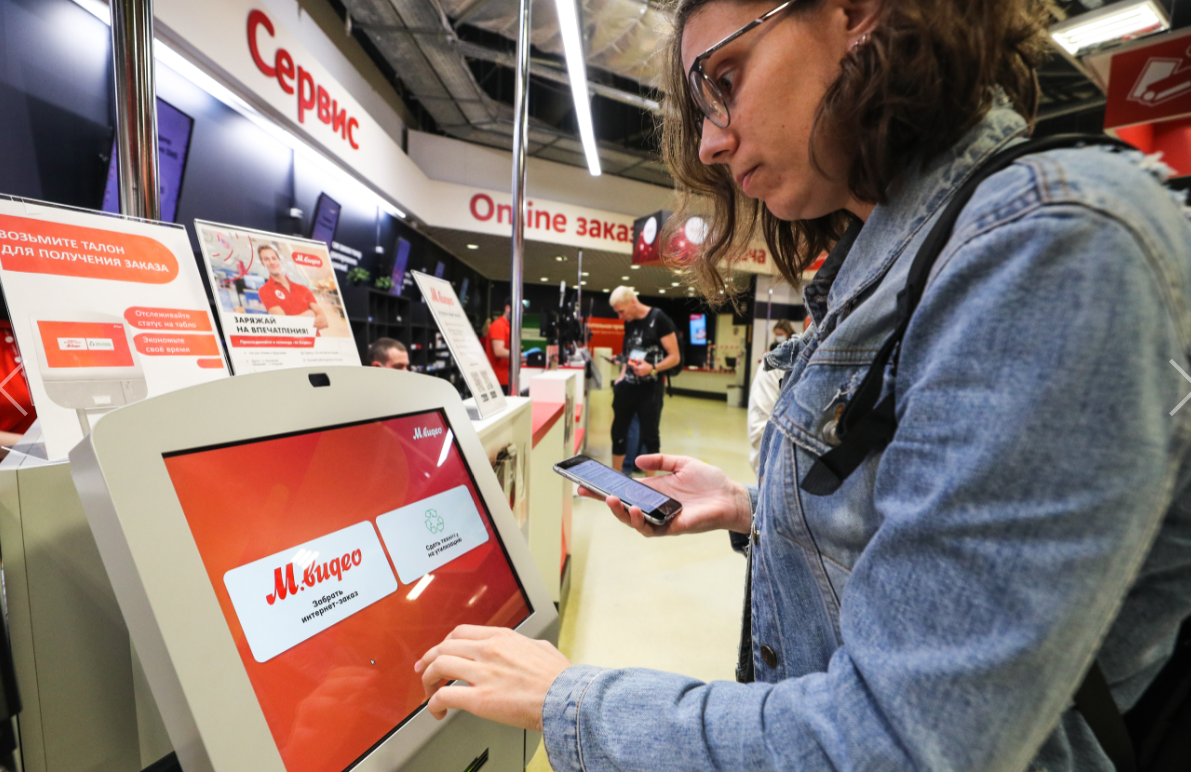
As a result, the self-pickup process looks like this:
1. The client makes an order on the website or in the application;
2. Comes to the store, receives a ticket at the terminal or in the application;
3. Employees of the hall receive a notification on their smartphone via a chat bot that they need to issue such and such a number.
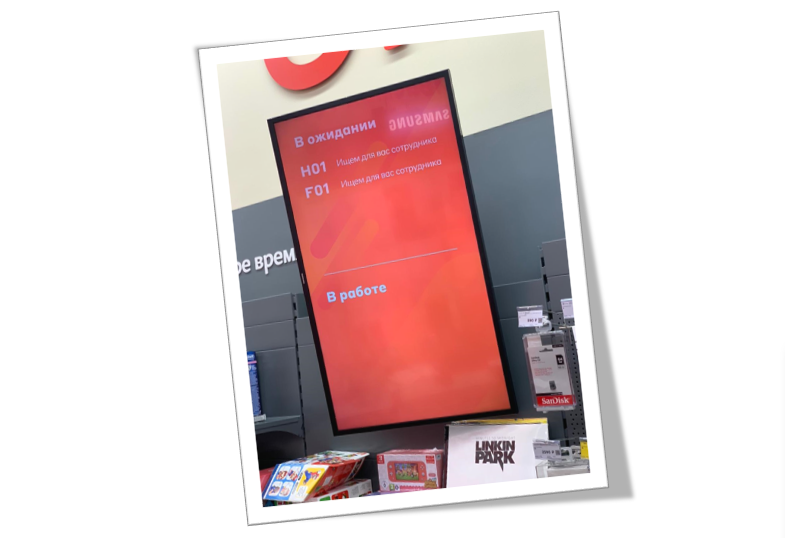
We had fears that people would be uncomfortable, that they would not find the terminal, that they would not be able to get a ticket. However, everyone quickly got used to it.
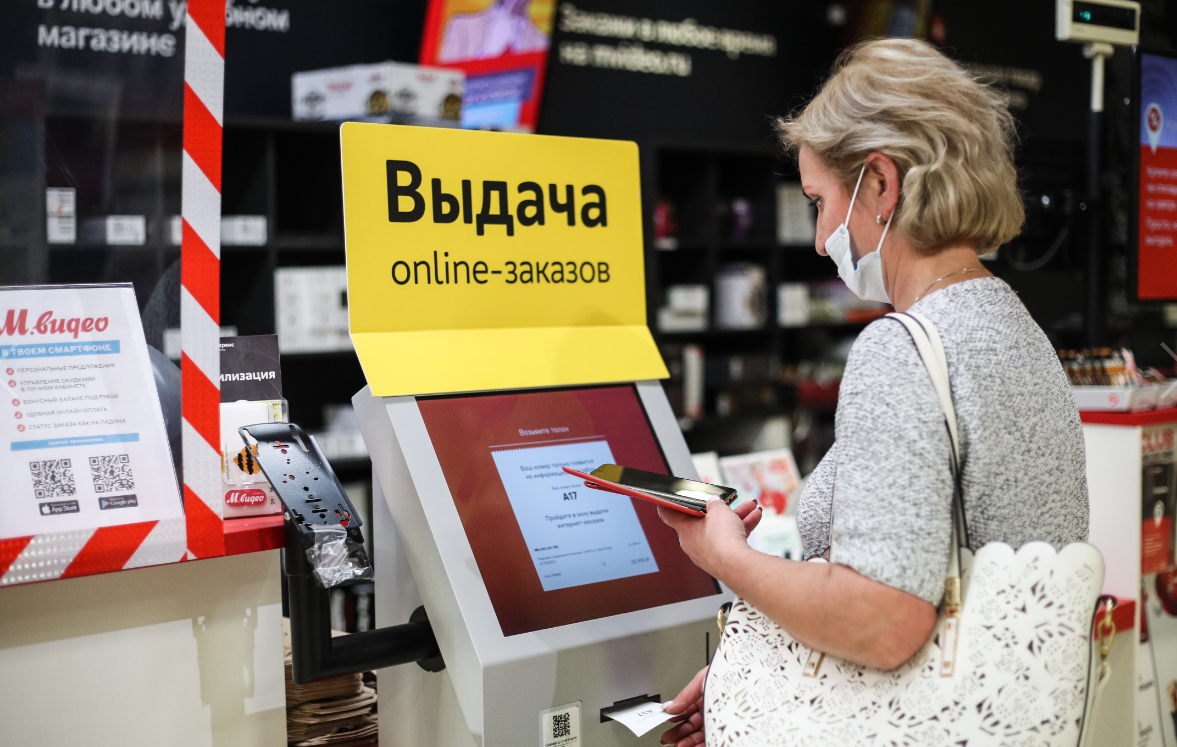
How it works?
We chose two messengers as the basis for the chat bot – Telegram with its convenient and beautiful API and Viber, for which there was no threat of blocking several years ago.

Internally, we call this process an uber-pickup because the system works almost like a taxi order distribution service. The sellers receive a notification, and the employee of the trading floor who is not busy at the moment takes the order for himself. He enters the “TEAM” into the line and only this employee receives information about the order and the buyer: full name and customer number, goods in the order, payment status, available bonuses and product recommendations.
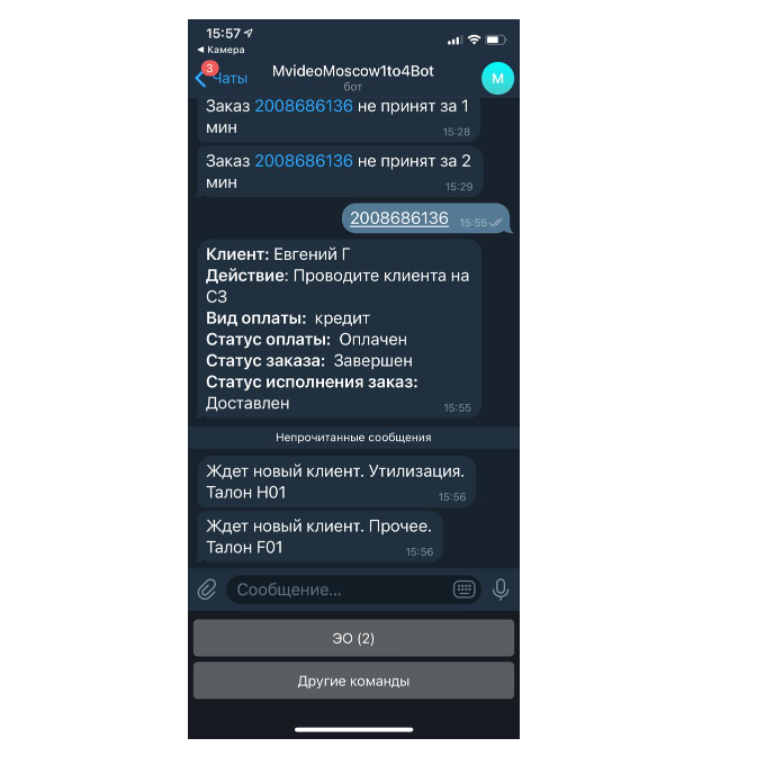
A recommendation system is attached to the bot, which, based on ML algorithms, selects suitable accessories, taking into account views and purchases of other users.
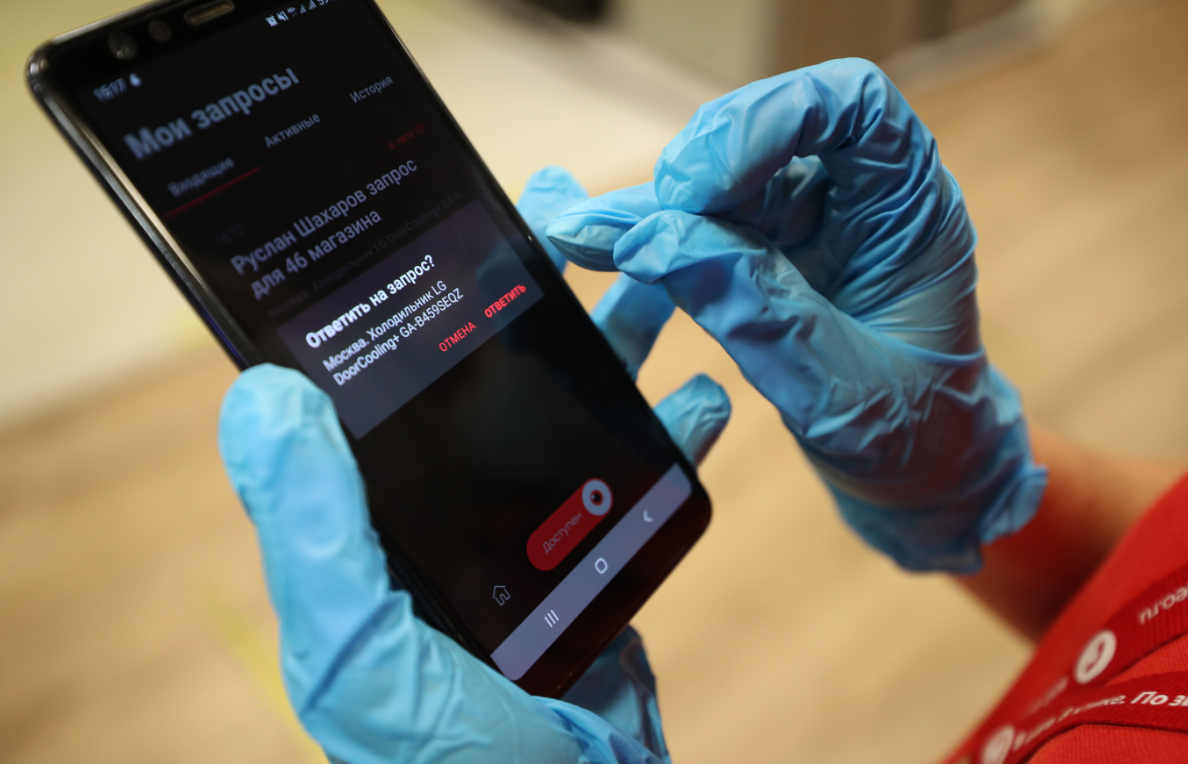
If no one has taken on any order, an escalation occurs, and the notification is already sent to the store director. Different retail outlets have different time settings: about 2-5 minutes.
Subtleties of registration and authorization
We connect a chatbot in open messengers, which employees have used before. At the same time, we must not allow strangers to “sit” in our chatbot. Therefore, when registering, an employee indicates his personnel number and surname. This way we can uniquely identify it and avoid mistakes.

We receive information about 12 thousand employees registered in the bot through the microservice platform and the SAP HR system. So we check whether the employee works in the company, whether the surname matches the personnel number, and we understand his business role. This check takes place not only at the moment of registration – every day the script specifies whether the employee has left the company or has not moved to another position.

In addition, the chatbot is integrated with the time tracking system Verme… According to the work schedule of employees, the bot checks every time whether it is necessary to send communication to a specific person – whether he is at the workplace or he has a day off, sick leave, or vacation. This helps to reduce the load on the Telegram API (and there are restrictions), and also not to spam the guys on weekends.
Roles in the chatbot
Technically, a chatbot allows you to create multiple roles. We have allocated employees of the sales area, employees of the service area, managers and directors. By the way, it is on the basis of role division that the escalation system is implemented.
The terminals installed in stores distribute customers not only in the queue for receiving online orders. Through them, you can declare your desire to hand over the equipment for disposal, apply for service, issue a return, and so on. Depending on the task with which the client came, the chatbot will send the appropriate specialist to him.

Viber and Telegram
You ask why we chose Viber and Telegram, why not WhatsApp? The answer is simple: we would have stopped only on Telegram, but until 2020 it was not clear whether they would be allowed to use it or not. Therefore, Viber was chosen as a backup. At the same time, we compared the capabilities of messengers – each of them has its own advantages. For example, Viber withstands higher loads and allows you to actively send messages through the API. An undoubted advantage of Telegram is a more convenient and well-thought-out interface.
Viber has one big drawback – the complexity of the connection. If you can come to Telegram by invitation via a link or QR code, only a bot member can send an invitation to Viber. That is, to connect new employees, you need to instruct someone to send out invitations.
As for WhatsApp, in our opinion, it has an even more sophisticated API, and we would have had to spend a lot more time developing the chatbot interface for this messenger.

Issuing orders is just the beginning
The chatbot is always at hand, it is used for daily work. And so we decided to expand its functionality and add new communication capabilities. Thanks to the role-based division, messages can be sent addressed, only to certain people, sent to specific stores. And this is much more effective than sending letters to the mail or to your personal account on the corporate portal.
Thanks to the chatbot, messages come directly into the hands of the sales floor workers, managers and directors. These communications are read almost 100% of the time.

You can send messages in the chatbot through the admin panel – you cannot write in the messenger. In the past, we gave some groups the right to send mailings, but after one accidentally sent “burn in hell” to all retail staff and the wave of responses that arose after that, it became clear that the “loophole” should be closed.
Sometimes we send out motivators, for example, something cool, but more often – useful information, orders and documents.

When this process was debugged, it became clear that the chatbot can also be used for feedback from employees. However, we did not have an army of dozens of free specialists to efficiently handle the flow of questions that could be asked by 20+ thousand employees from 1000+ stores. So they decided to use a neural network for training a bot, analyzing questions and automatic answers to retail employees.
But this is a story for a separate post. In the next post, we will detail how a two-way support service for employees works and what results artificial intelligence shows in finding answers to questions.
PS By the way, if you are looking for a job, you have straight arms, an inquiring mind and burning eyes, come to our team, we have interesting tasks for you!


